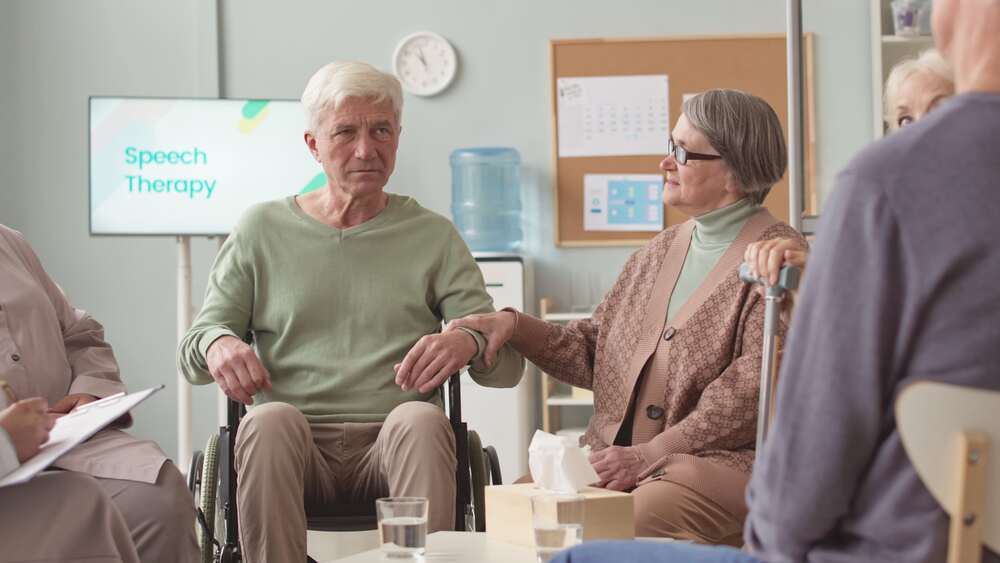
How To Prove Liability In A Nursing Home Neglect Lawsuit
When we place our loved ones in a nursing home, we trust that they will receive the care and attention they deserve. Unfortunately, neglect can and does happen, leaving elderly residents vulnerable to serious harm. If we suspect that a nursing home has failed in its duty of care, we may need to take legal action with the help of our PA nursing home neglect lawyer. However, proving liability in a nursing home neglect lawsuit requires strong evidence and a clear understanding of the legal process. Here’s what we need to know to build a solid case.
Understanding Nursing Home Neglect
Before we can prove liability, we need to understand what qualifies as neglect. Unlike abuse, which involves intentional harm, neglect occurs when caregivers fail to provide the necessary care, leading to physical or emotional suffering. Common examples include:
- Malnutrition or dehydration due to inadequate food or water
- Poor hygiene resulting from a lack of assistance with bathing and grooming
- Untreated medical conditions such as bedsores or infections
- Falls and injuries caused by insufficient supervision or unsafe conditions
- Emotional distress due to prolonged isolation or lack of social interaction
If any of these signs are present, we may have grounds for a neglect lawsuit.
Establishing Liability In A Neglect Case
To prove liability in a nursing home neglect lawsuit, we must demonstrate the following key elements:
1. Duty Of Care
Nursing homes have a legal obligation to provide proper care for their residents. When we admit a loved one into a facility, a formal relationship is established, meaning the home and its staff are responsible for their well-being. This duty includes providing medical care, daily assistance, and a safe living environment.
2. Breach Of Duty
Once we establish that a duty of care exists, we need to prove that the nursing home failed to meet its responsibilities. This could mean staff members were negligent in their duties, the facility was understaffed, or policies were ignored, leading to harm. Witness statements, staff records, and inspection reports can help show how the nursing home failed in its responsibilities.
3. Causation
It’s not enough to show that neglect occurred—we must also prove that it directly caused our loved one’s injuries or suffering. For example, if a resident develops severe bedsores, we need to show that they were left in the same position for long periods due to staff negligence. Medical records, expert testimony, and surveillance footage can help establish this connection.
4. Damages
Finally, we need to demonstrate that our loved one suffered actual harm due to the neglect. This could include physical injuries, emotional distress, medical expenses, or even wrongful death. Keeping records of hospital visits, prescriptions, and photographs of injuries will strengthen our case.
Gathering Evidence To Support The Case
To build a strong lawsuit, we should collect as much evidence as possible, including:
- Medical records showing injuries and treatments
- Photographs and videos of unsafe conditions or physical harm
- Eyewitness statements from residents, visitors, or staff
- Nursing home records that may reveal understaffing or poor care practices
- Expert testimony from medical professionals who can explain how neglect led to the injuries
At Davis & Brusca, LLC, we know that proving liability in a nursing home neglect case takes careful planning and strong evidence. If we believe neglect has occurred, consulting our experienced nursing home neglect lawyer can help us take the necessary legal steps to protect our family members.

